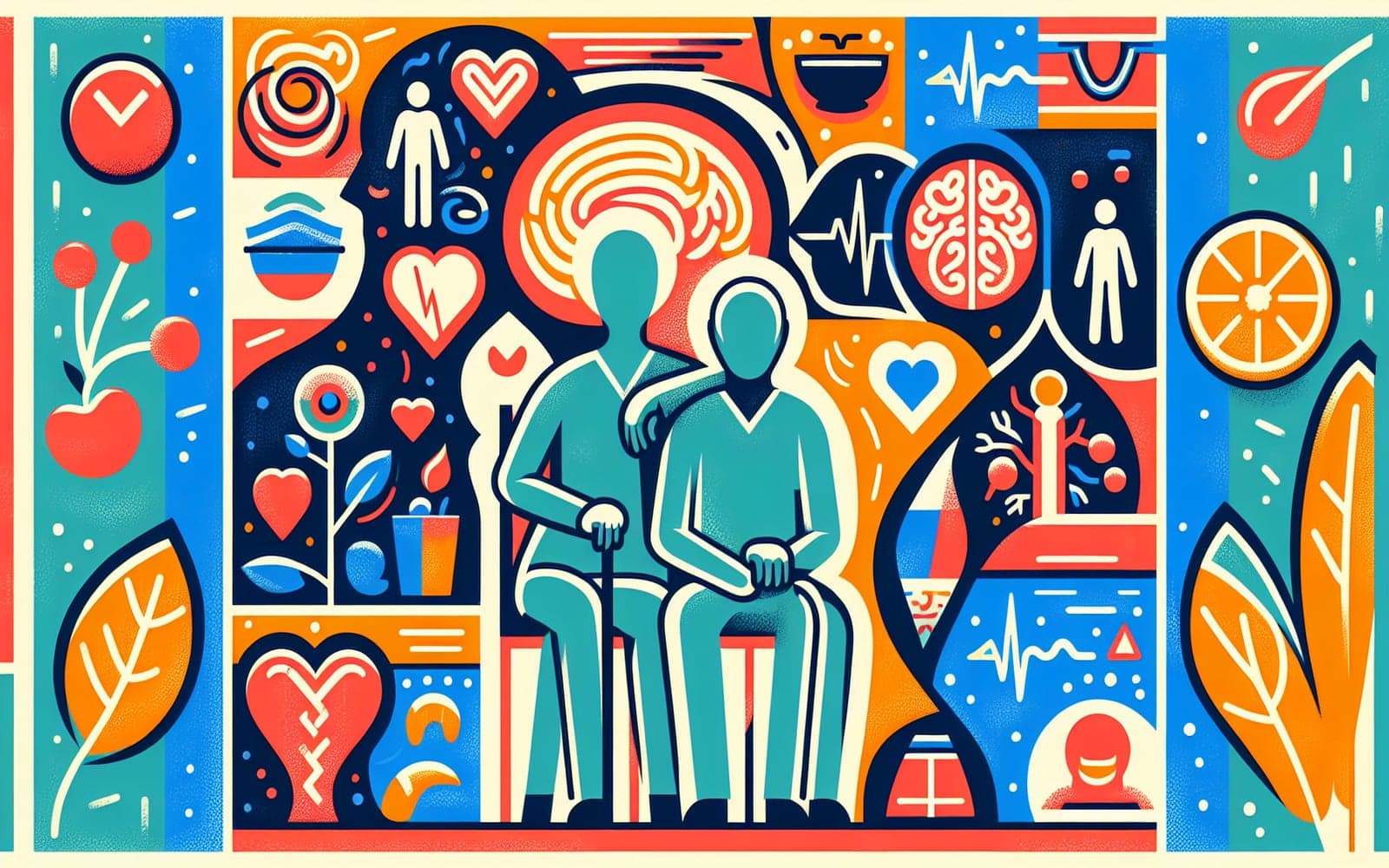What Really Triggers a Stroke?
Published: Apr 22, 2024
Strokes can happen in an instant, but understanding what causes them can be tricky. This article breaks down the mystery behind stroke triggers.
Contents
Understanding Stroke Types
Strokes are primarily categorized as ischemic or hemorrhagic. Ischemic strokes occur when blood flow is blocked, often by a clot, leading to brain cell death. Hemorrhagic strokes happen when a blood vessel bursts, causing bleeding in or around the brain. Each type requires different treatment and has distinct causes.
Delving into Ischemic Strokes
Ischemic strokes are the most common, accounting for about 80% of strokes. They can be caused by thrombosis, embolism, or systemic hypoperfusion. Thrombosis involves a clot forming in a brain artery, while an embolism refers to a clot traveling from elsewhere to the brain. Systemic hypoperfusion results from poor blood flow due to heart issues.

Unpacking Hemorrhagic Strokes
Hemorrhagic strokes can be caused by intracerebral hemorrhage or subarachnoid hemorrhage. Intracerebral hemorrhage involves bleeding within the brain, often due to high blood pressure or trauma. Subarachnoid hemorrhage occurs when an aneurysm bursts, spilling blood into the space around the brain, which can be life-threatening.
Frequently Asked Questions
Ischemic strokes are the most common, making up 80% of strokes.
It occurs when a blood vessel ruptures, causing bleeding in or around the brain.
Thrombosis, embolism, and systemic hypoperfusion are common causes.
They include sudden numbness, confusion, and vision trouble.
Key Takeaways
Understanding the causes of stroke is vital for prevention and effective treatment.
Discover more with Doctronic on how to prevent strokes today!Related Articles
References
Caplan LR. Terms describing brain ischemia by tempo are no longer useful: a polemic. Surg Neurol 1993; 40:91.
Gorelick PB, Hier DB, Caplan LR, Langenberg P. Headache in acute cerebrovascular disease. Neurology 1986; 36:1445.
Always discuss health information with your healthcare provider.

